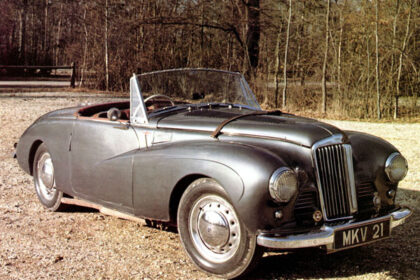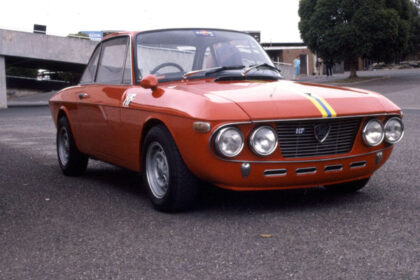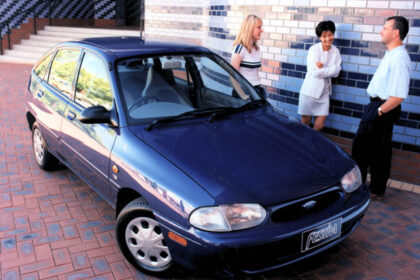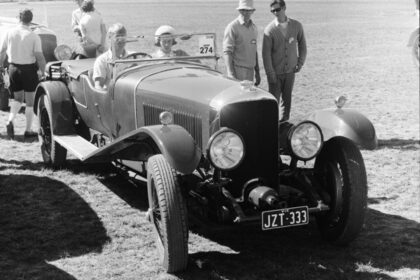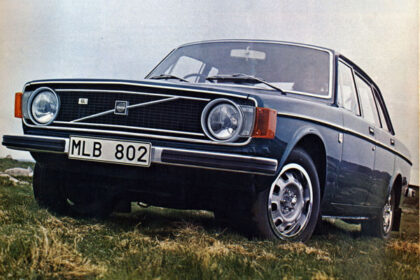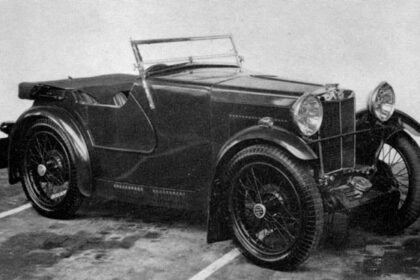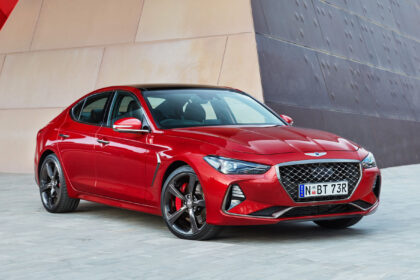PORSCHE 924

In the early 1970s Volkswagen planned to introduce a sports coupe to lift its image in some markets, particularly the USA. The car was to use as many VW parts as possible including a current engine to minimise retooling costs. The VW management approached Porsche to design the vehicle for them and the project soon got under way but as it approached finality the VW people suddenly dropped the whole project and it went into limbo. Fast forward a couple of years and there was suddenly a fuel crisis on… Read more




